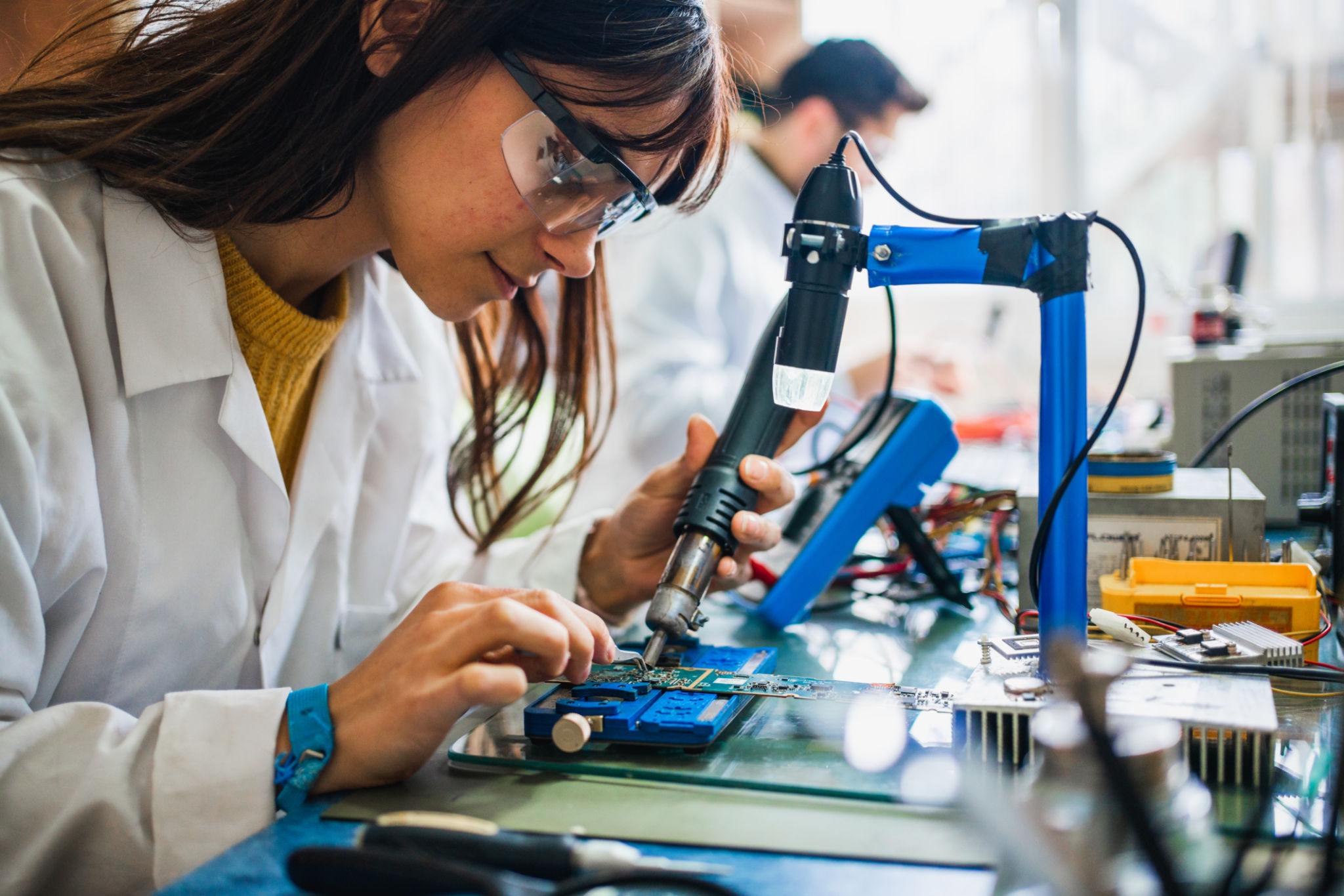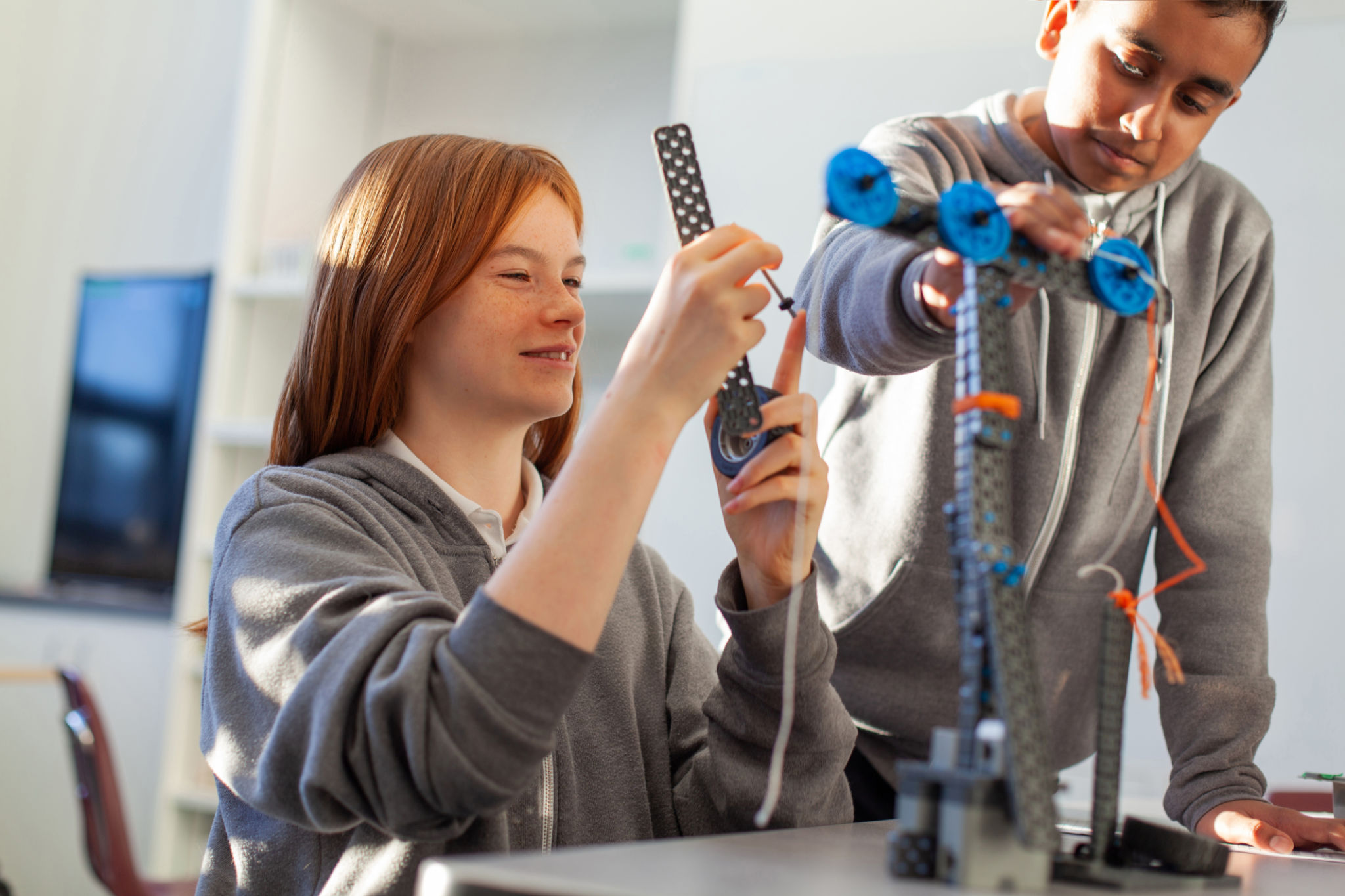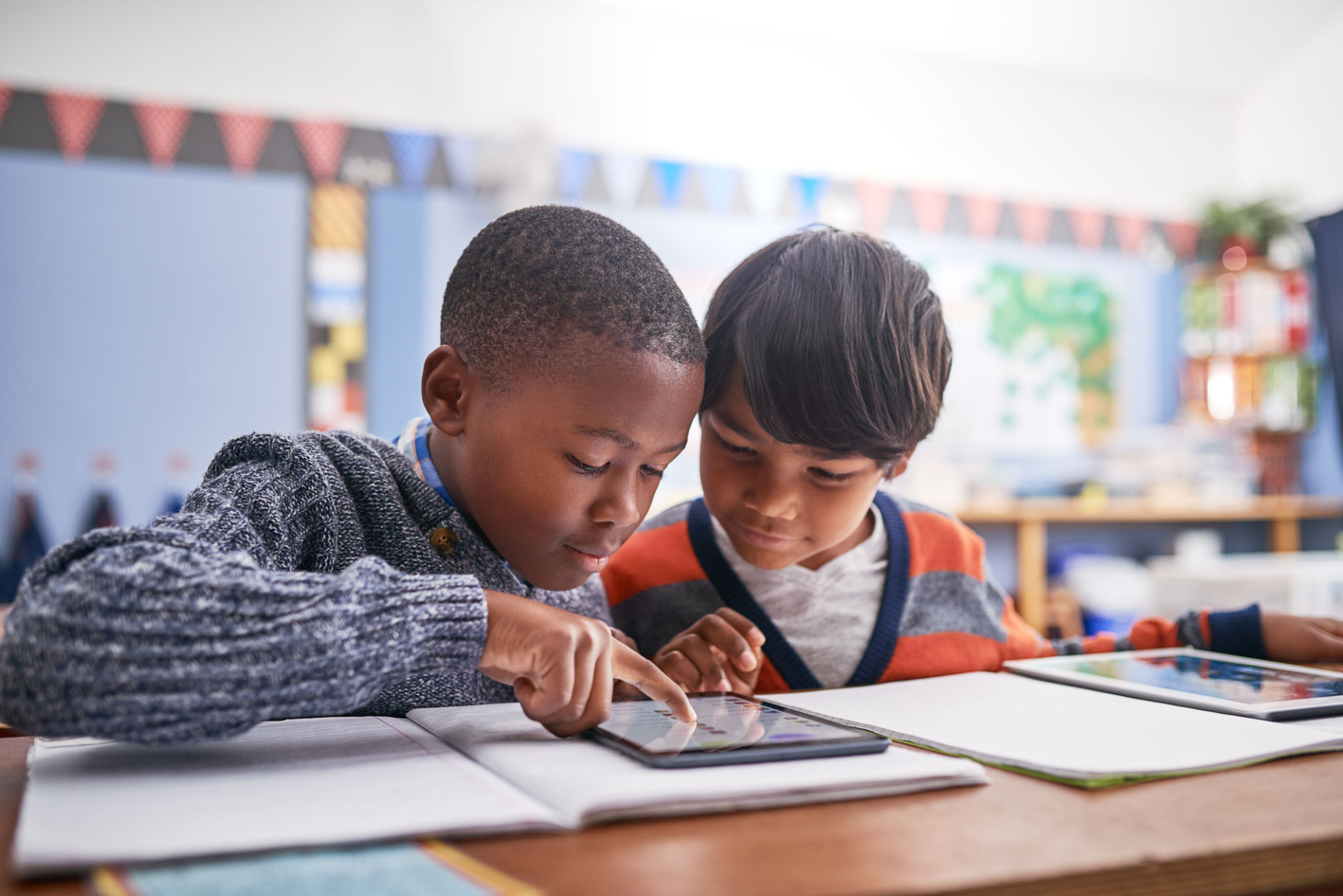The Impact of Robotics on Children's Problem-Solving Skills
The Rise of Robotics in Education
In recent years, the introduction of robotics in educational settings has significantly transformed the landscape of learning. Robotics has not only made learning more engaging but has also played a vital role in enhancing children's problem-solving skills. As technology continues to evolve, its integration into classrooms provides students with tools that prepare them for a rapidly changing world.

The Development of Critical Thinking
One of the primary benefits of incorporating robotics into education is the development of critical thinking abilities. Students are often tasked with building and programming robots, which requires them to think analytically and solve complex problems. This hands-on approach encourages learners to brainstorm, hypothesize, test, and iterate on their ideas, fostering a mindset that is crucial for success in any field.
Moreover, robotics challenges students to work through trial and error. When faced with a malfunctioning robot, students must diagnose the problem and devise a solution. This process enhances their ability to approach problems methodically and persistently, attributes that are invaluable in real-world scenarios.
Encouraging Collaboration and Teamwork
Robotic projects often involve collaboration, requiring students to work together to achieve a common goal. Through teamwork, children learn to communicate effectively, share ideas, and leverage each other's strengths. This collaborative environment not only improves problem-solving skills but also helps students develop social skills that are essential in both academic and professional settings.

Students learn to delegate tasks, negotiate roles, and resolve conflicts, all while working towards a shared objective. Such experiences teach them the value of diverse perspectives and how to integrate them into innovative solutions.
Hands-On Learning and Engagement
Robotics provides a unique opportunity for hands-on learning, which is known to increase student engagement and retention of information. By interacting directly with robots, students can see the immediate impact of their programming efforts, making abstract concepts more tangible and accessible. This type of experiential learning caters to various learning styles and can be particularly beneficial for students who struggle with traditional teaching methods.

Furthermore, robotics can be tailored to different age groups and skill levels, ensuring that all students can participate and benefit from these technologies. From simple robot kits for young children to complex programming challenges for older students, robotics offers a scalable learning experience that grows with the learner.
The Future of Robotics in Education
As robotics technology continues to advance, its role in education is expected to expand. Future developments may include more sophisticated robots capable of simulating real-world scenarios, providing students with even more opportunities to hone their problem-solving skills. Additionally, the integration of artificial intelligence into educational robotics could offer personalized learning experiences tailored to individual student needs.
In conclusion, the impact of robotics on children's problem-solving skills is profound and far-reaching. By fostering critical thinking, encouraging collaboration, and providing engaging hands-on learning experiences, robotics prepares students for the challenges of the future. As educators continue to embrace technological innovations, the potential for enhancing student outcomes through robotics is limitless.
